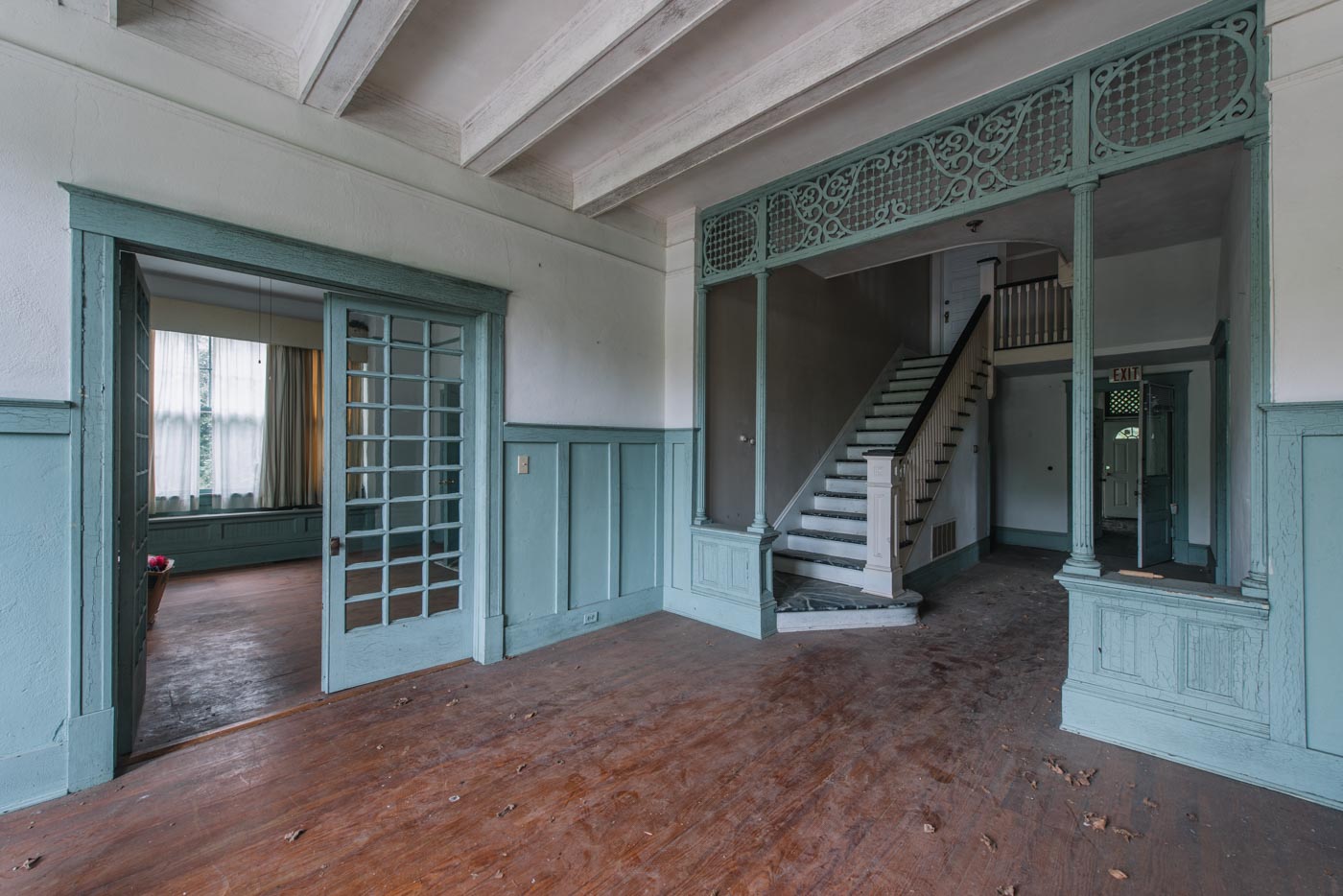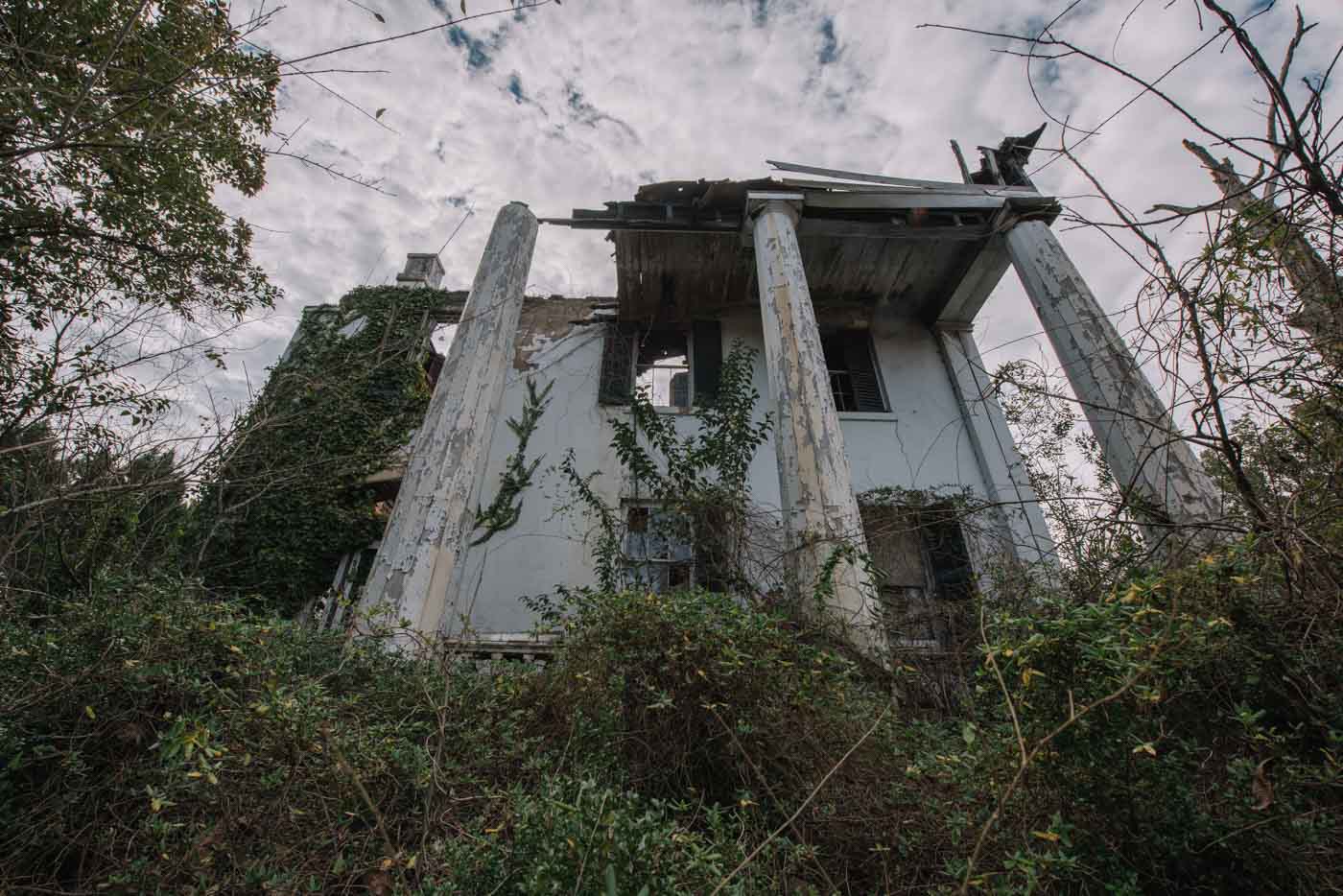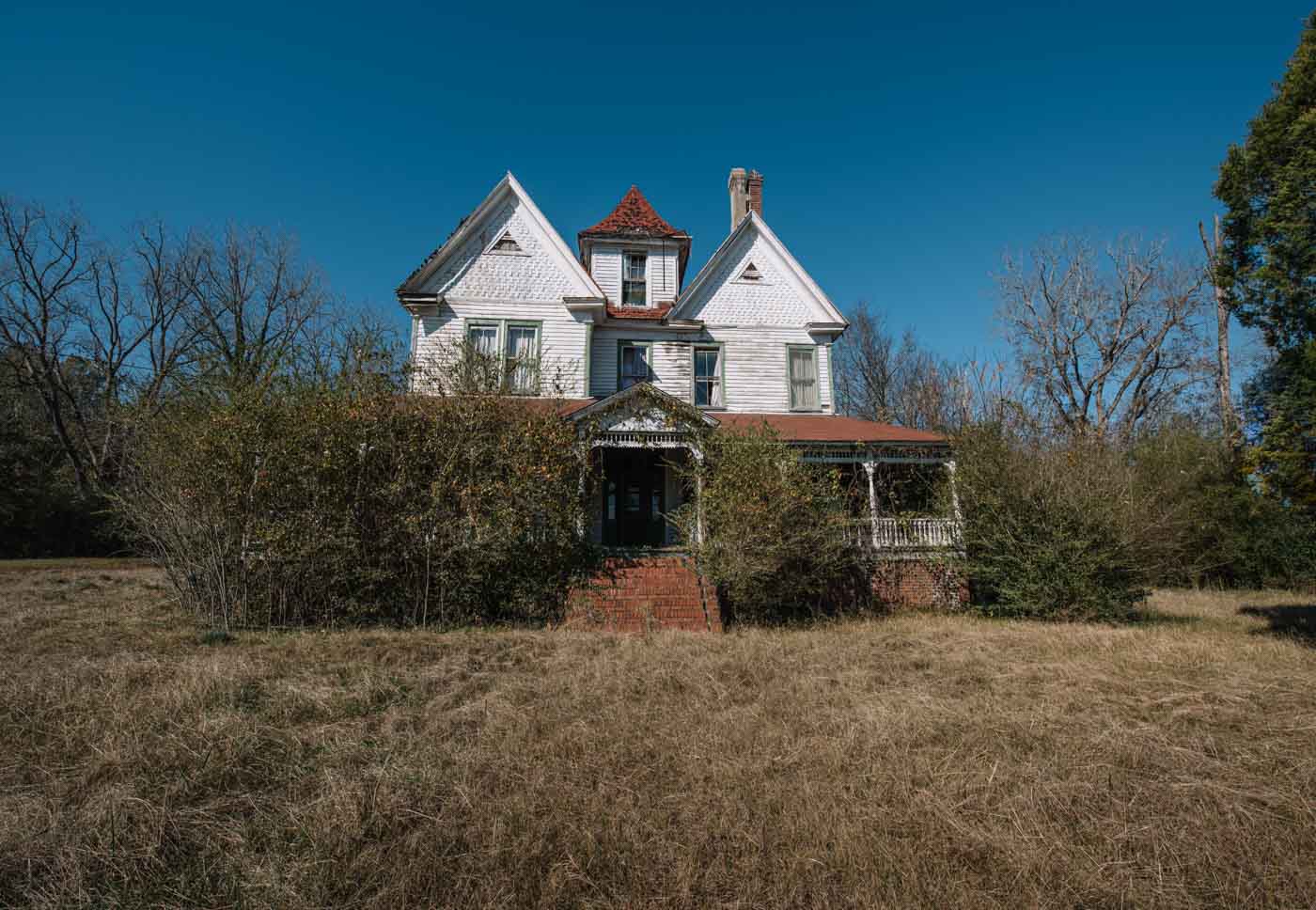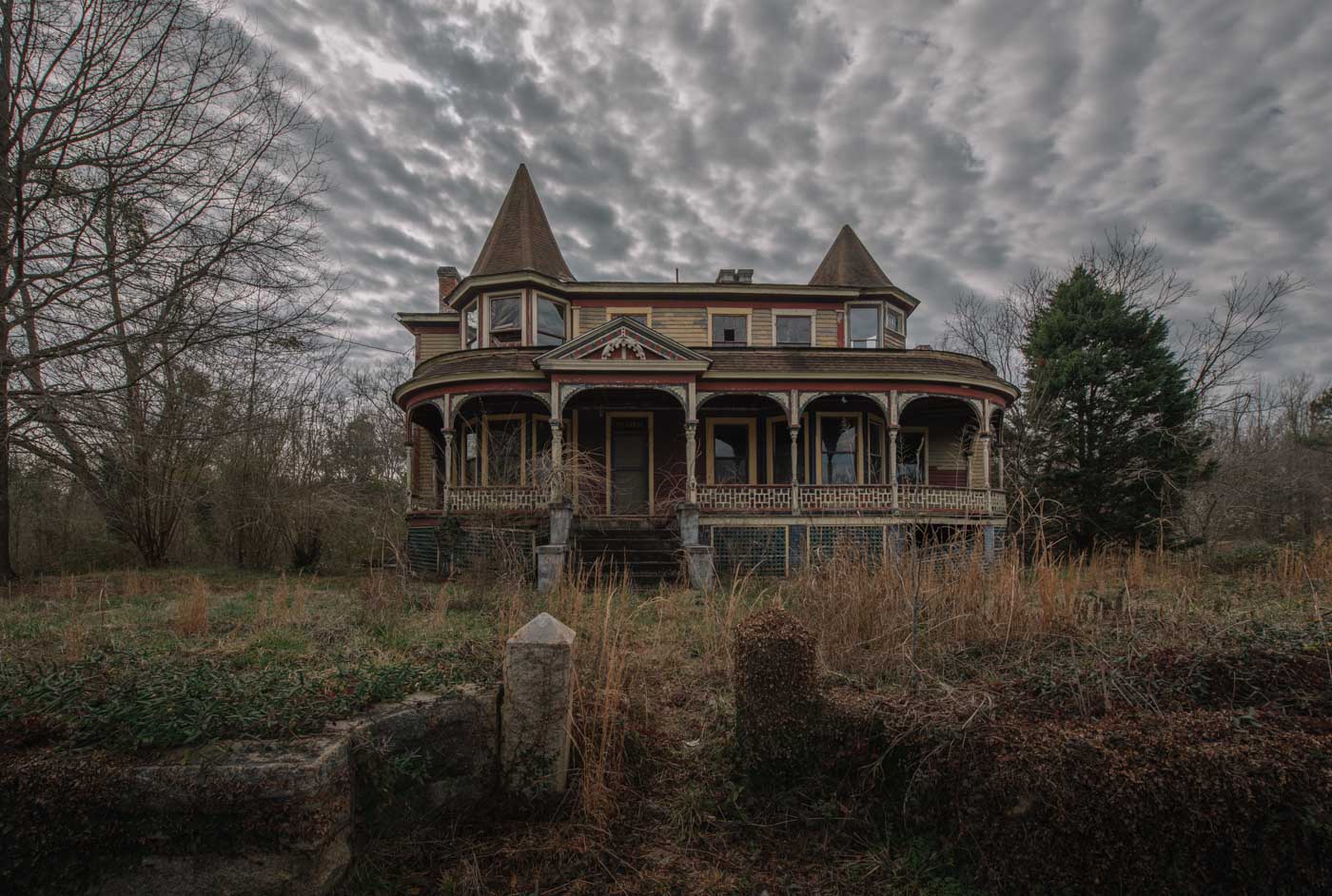G. W. Rives House

Located in Sparta, Georgia, this five-bedroom, three-bathroom home was constructed in 1890 by George William Rives. George was born on January 18, 1867. He was married to Lily Moate Rives who was born on October 2, 1873, and died on June 9, 1932. Some members of his family, George and Sarah Rives, were also owners


